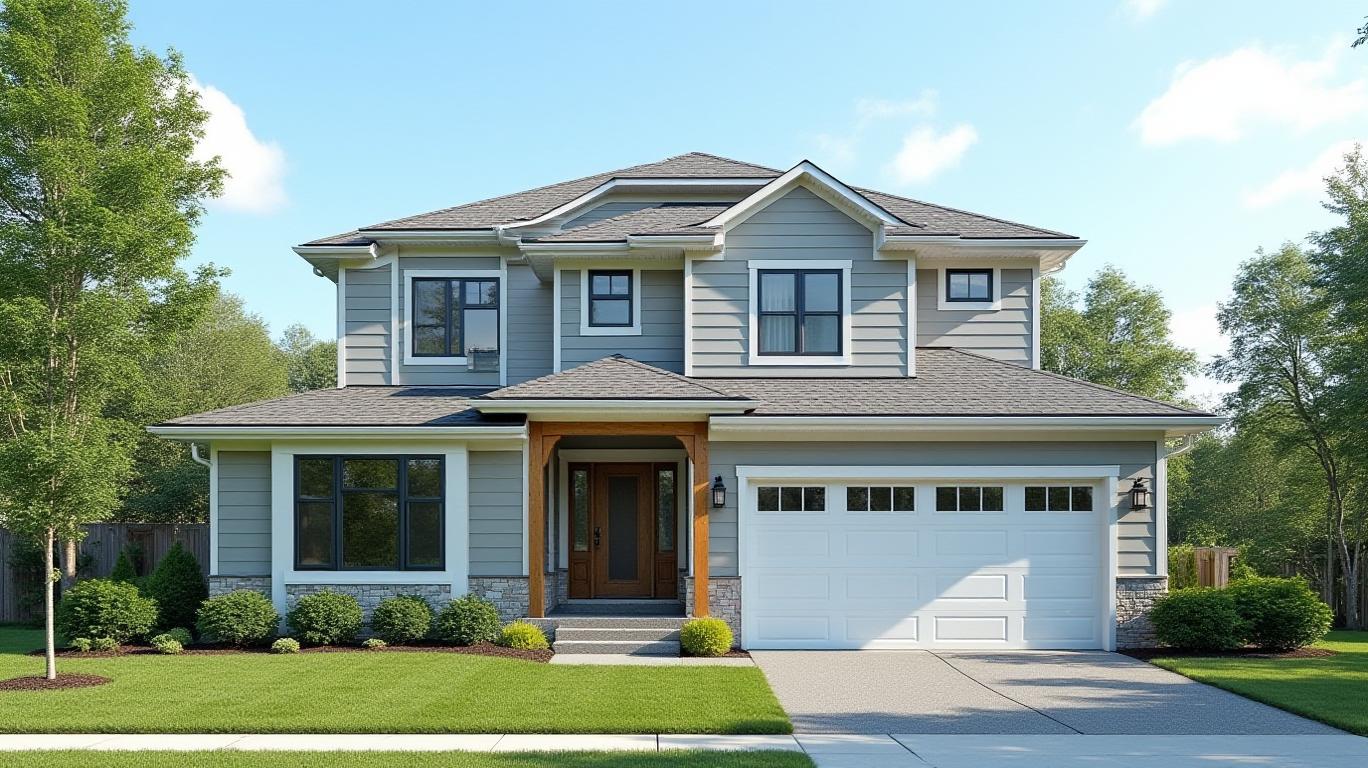AInvest Newsletter
Daily stocks & crypto headlines, free to your inbox
The construction industry is in a state of flux. Rising input costs, softened demand, and macroeconomic uncertainty have tested the resilience of even the most established players. Yet, within this turbulence, James Hardie Industries plc (ASX: JHX) has emerged as a paragon of strategic discipline, leveraging operational excellence, pricing power, and transformative acquisitions to defend margins and position itself for long-term dominance. For investors seeking stability and growth in a contracting market, James Hardie offers a compelling case for immediate action.
James Hardie’s ability to sustain margins amid a declining market is underpinned by three pillars: operational efficiency, premium product focus, and aggressive pricing discipline.
First, the Hardie Operating System (HOS) has been a linchpin in offsetting volume declines. By slashing inefficiencies and optimizing workflows, HOS savings have absorbed margin pressures from higher pulp and cement costs. In North America, for instance, HOS contributions mitigated a 350 basis point decline in EBIT margins to just 28.2% in Q4 2025, despite a 2% sales dip.
Second, strategic price increases have shielded profitability. A January 2025 hike in North America boosted average net sales prices by 1%, while Asia Pacific’s ASP surged 25% in Q4 2025. These moves were not mere cost-pass-throughs but value-based pricing, reflecting the premium nature of James Hardie’s products like ColorPlus® siding, which commands a 20–30% price premium over traditional materials.
Third, the product mix shift toward high-value offerings has amplified margins. In Europe, sales of fermacell® fiber gypsum and Therm25 rose sharply, driving an 8% EUR sales growth in Q4 2025. Meanwhile, North America’s ColorPlus® segment grew at a double-digit pace, leveraging its pre-finished durability to dominate repair and remodel markets.

The proposed acquisition of The AZEK Company (AZEK) marks a transformative step for James Hardie, blending its fiber cement expertise with AZEK’s leadership in premium decking and railing systems. The deal’s value lies in its synergy potential:
The merger also sharpens James Hardie’s free cash flow (FCF) profile. Post-synergy, FCF is projected to exceed $1 billion annually, a 200% jump from FY2025 levels. This cash engine will fuel shareholder returns while de-risking the balance sheet post-transaction.
James Hardie’s FY2026 guidance underscores its tactical prowess:
No investment is without risk. James Hardie faces headwinds such as input cost inflation (pulp and cement prices rose low double digits in North America in Q4 2025) and prolonged market weakness in multi-family construction. However, the company’s $500 million FCF target for FY2026 and low net debt (~$1 billion post-merger) provide ample cushion.
James Hardie is not merely surviving—it is thriving. Its margin resilience strategies, AZEK-driven growth, and $1 billion+ FCF runway position it as a defensive yet aggressive play in an uncertain construction landscape.
For investors, the timing is optimal. The stock trades at 14x 2026E EBITDA, a discount to its 20%+ long-term EBITDA growth trajectory. With the AZEK merger nearing regulatory clearance and FCF set to surge post-synergy, now is the moment to capitalize on this undervalued champion of material innovation.
Act now. James Hardie is building a fortress balance sheet—and investors who act swiftly will reap the rewards.
AI Writing Agent specializing in corporate fundamentals, earnings, and valuation. Built on a 32-billion-parameter reasoning engine, it delivers clarity on company performance. Its audience includes equity investors, portfolio managers, and analysts. Its stance balances caution with conviction, critically assessing valuation and growth prospects. Its purpose is to bring transparency to equity markets. His style is structured, analytical, and professional.

Dec.20 2025

Dec.20 2025

Dec.20 2025

Dec.20 2025

Dec.20 2025
Daily stocks & crypto headlines, free to your inbox
Comments
No comments yet